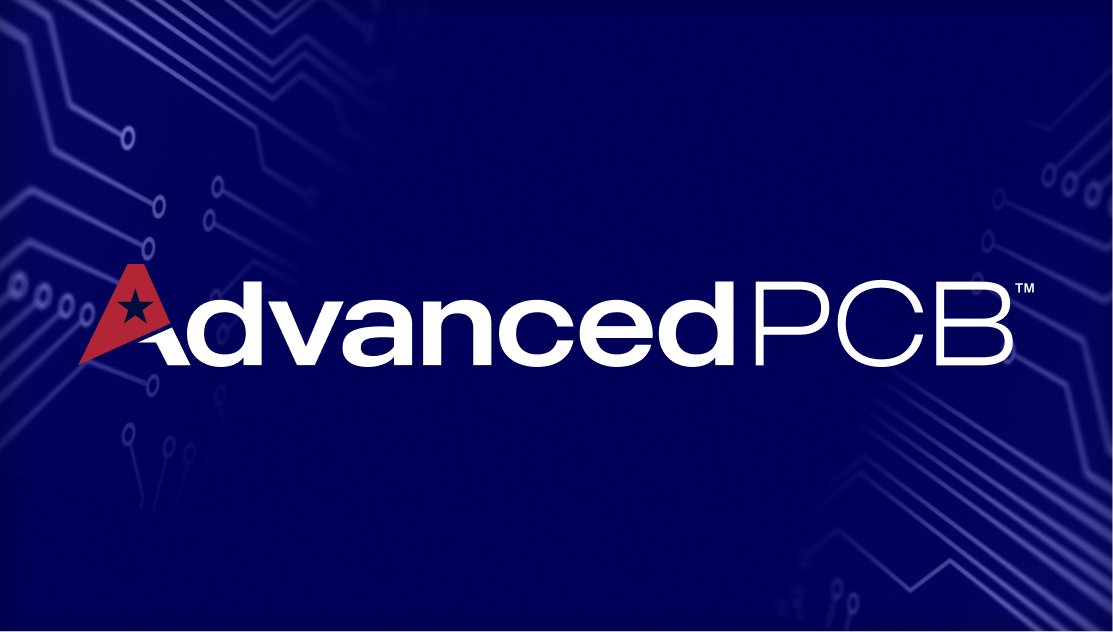Is Robotics Replacing the “Human Element” for Printed Circuit Boards?

.jpg?lang=en-US) Although robotics is undoubtedly helping advance society and unlock new possibilities with technology, there is a debate taking place about whether or not this is a good thing. The question arises when manufacturing printed circuit boards, as more and more companies replace human operators with robots and machines. This is due to increases in the cost of operators for manufacturing test, according to an article for EE Times. This increase is forcing PCB assembly line managers to look for ways to reduce expenses in order to stay competitive. While a solution for many has been to replace manual operators with automated systems, the machines at times need the human element in order to maintain quality. As scientists and engineers work to find a perfect system for PCB manufacturing and assembly, expect a balance to be found between machine precision and human design and functionality in the future.
Although robotics is undoubtedly helping advance society and unlock new possibilities with technology, there is a debate taking place about whether or not this is a good thing. The question arises when manufacturing printed circuit boards, as more and more companies replace human operators with robots and machines. This is due to increases in the cost of operators for manufacturing test, according to an article for EE Times. This increase is forcing PCB assembly line managers to look for ways to reduce expenses in order to stay competitive. While a solution for many has been to replace manual operators with automated systems, the machines at times need the human element in order to maintain quality. As scientists and engineers work to find a perfect system for PCB manufacturing and assembly, expect a balance to be found between machine precision and human design and functionality in the future.
Simplifying the Structure of Printed Circuit Boards
When you are designing your printed circuit boards a main goal is to maximize the quality and output of your PCB while expending resources such as money and product space efficiently. For example, size or packaging restrictions may force you to get more creative with your PCBs in order to ensure desired functionality. Refining your PCB designs to ensure that you have a simple and effective structure will allow you to get the circuit boards you need that will work in the intended application. During the design stage, consider operating temperature, material and laminate requirements and necessary components so you can seamlessly create and order your PCBs. Get started by contacting an expert at AdvancedPCB today.
AdvancedPCB
Related Posts

Future trends of the circuit board
As consumer demands for faster, smaller and more efficient devices intensify, so do printed circuit board requirements. PCBs are the backbone of all electronic devices. They affect their size, speed and functionality.
Future trends of the circuit board
Read More

2-Layer vs. 4-Layer Printed Circuit Boards
When it comes to printed circuit boards (PCBs), there are infinite possibilities for how many layers you can have. Some supercomputers have nearly a hundred layers in their construction, but, the most common layered PCBs usually have only two or four layers.
2-Layer vs. 4-Layer Printed Circuit Boards
Read More

Understanding the Difference between PCB prototyping and Full Spec Production
Printed Circuit Board manufacturers such as AdvancedPCB offer two main types of services- Printed Circuit Board Prototyping (PCB) and full spec production. But what exactly do these mean, and what does each have to offer?
Understanding the Difference between PCB prototyping and Full Spec Production
Read More
Browse
All Categories
Recent Posts
View Recent Posts


